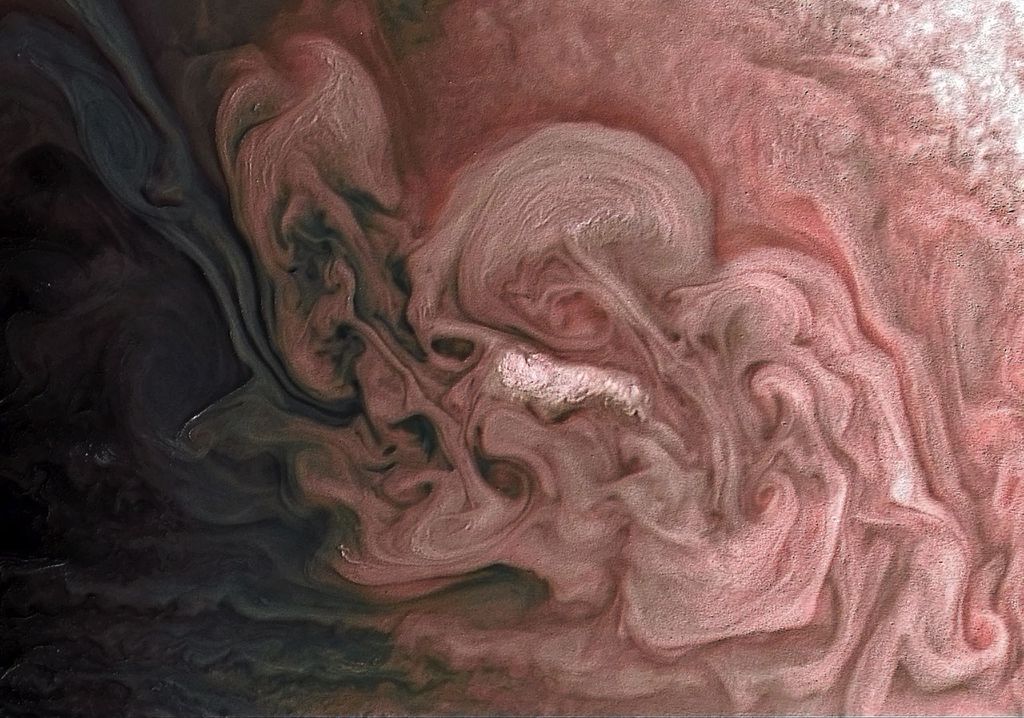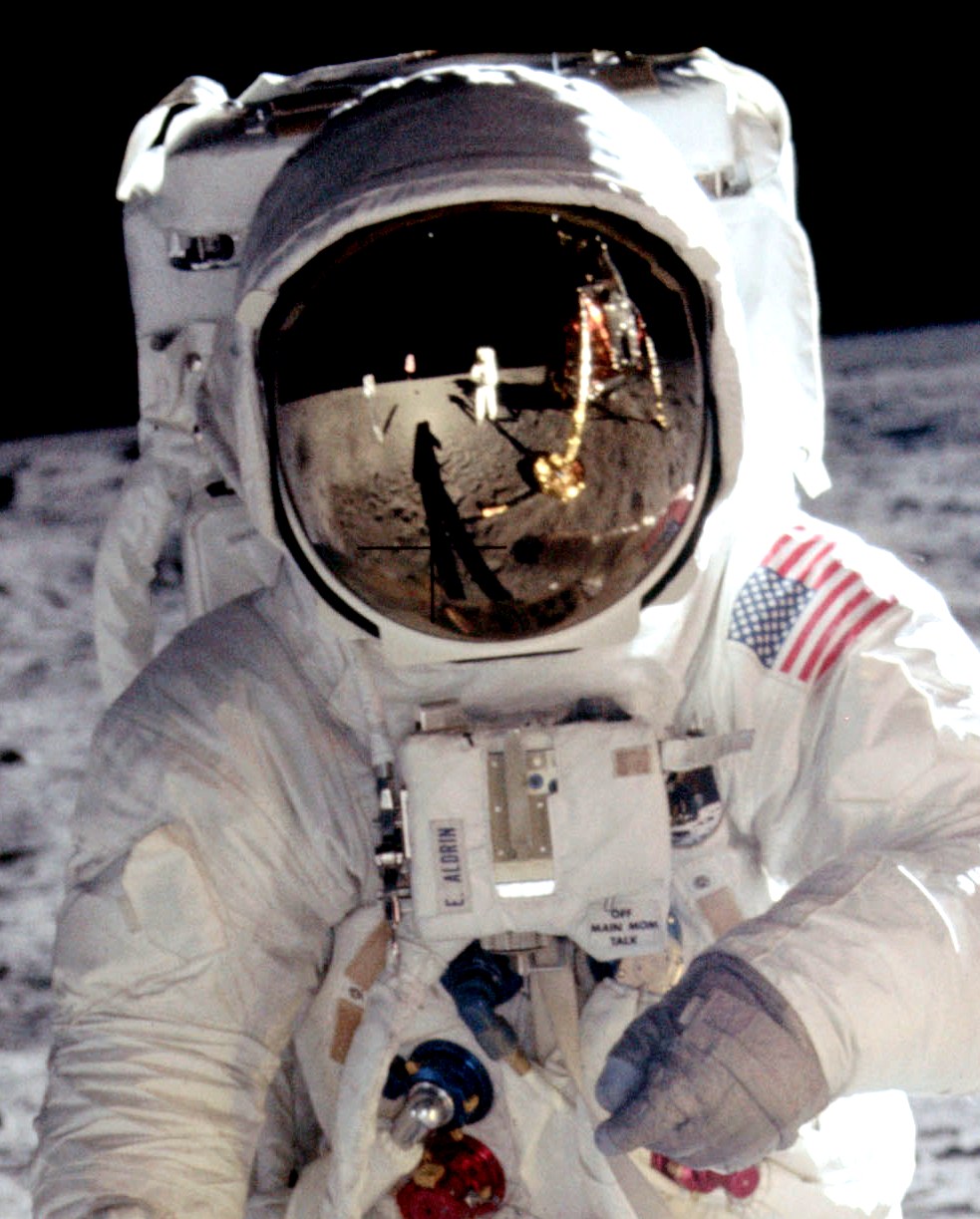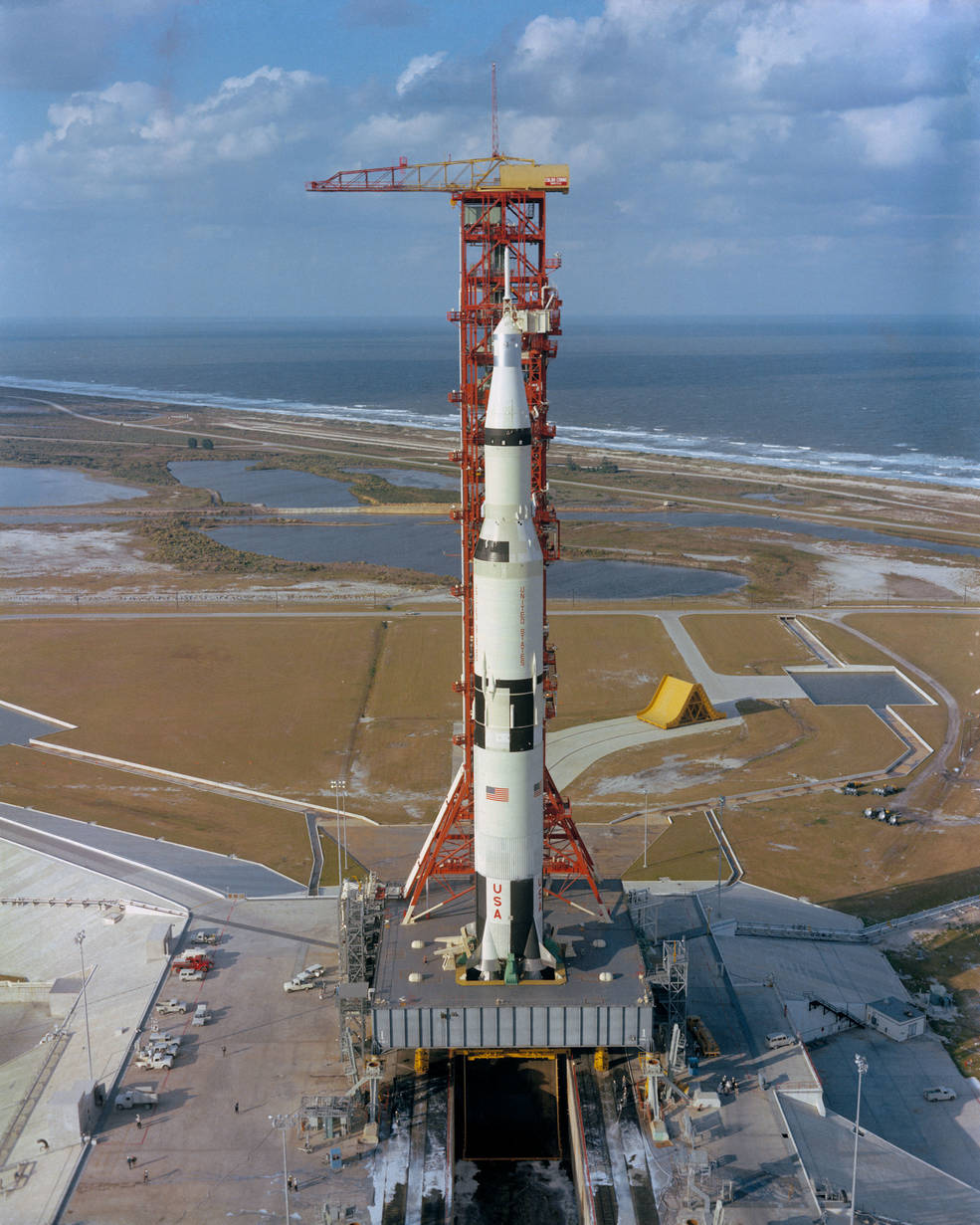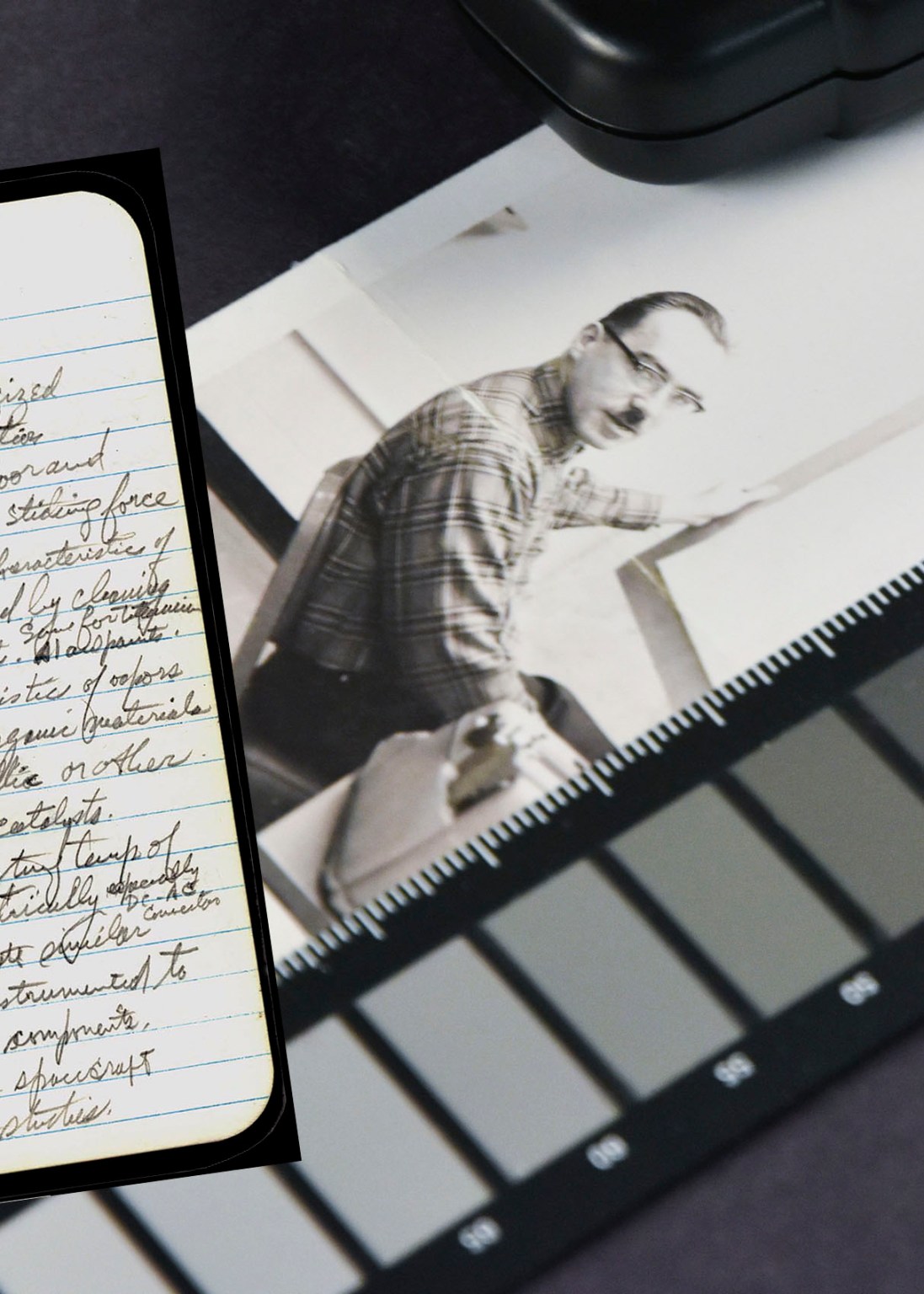This small collection of NASA publications of historical interest represents a fraction of the informative books and reports available through NASA’s Technical Reports Server.
Conference Proceedings (CP)
Proceedings of the X-15 First Flight 30th Anniversary Celebration of June 8, 1989. (NASA CP-3105, 1991).
Contractor Reports (CR)
Computers in Spaceflight: The NASA Experience. By James E. Tomayko. (NASA Contractor Report CR-182505, 1988).
Where No Flag Has Gone Before: Political and Technical Aspects of Placing a Flag on the Moon. By Anne M. Platoff. (NASA Contractor Report 188251, August 1993).
Ellington Field: A Short History, 1917–1963. By Erik Carlson. (NASA Contractor Report CR-1999-208921, 1999)
To Create Space on Earth: The Space Environment Simulation Laboratory and Project Apollo. By Lori C. Walters. (NASA Contractor Report CR-2003-208933, 2003).
Lunar Receiving Laboratory Project History. By Susan Mangus and William Larsen. (NASA Contractor Report CR-2004-208938, 2004).
Educational Publications (EP)
Apollo 13 “Houston, we’ve got a problem.” (NASA EP-76, 1970).
On the Moon with Apollo 16: A Guide to the Descartes Region. (NASA EP-95, 1972).
Skylab: A Guidebook. (NASA EP-107, 1973), by Leland F. Belew and Ernst Stuhlinger.
Why Man Explores. (NASA EP-125, 1976).
Spacelab: An International Short-Stay Orbiting Laboratory. (NASA EP-165) by Walter Froehlich.
A Meeting with the Universe: Science Discoveries from the Space Program. (NASA EP-177,1981).
NASA Publications (NP)
Science in Orbit: The Shuttle & Spacelab Experience: 1981-1986. (NASA NP-119, Marshall Space Flight Center, 1988).
Winds of Change: Expanding the Frontiers of Flight. Langley Research Center’s 75 Years of Accomplishment, 1917–1992. (NP-130, 1992) by James Schultz.
Special Publications (SP)
Results of the Second Manned Suborbital Space Flight, July 21, 1961. (Pre-SP, NASA, 1961).
Results of the Second U.S. Manned Orbital Space Flight. (NASA SP-6, 1962).
Results of the Third U.S. Manned Orbital Space Flight. (NASA SP-12, 1962).
Mercury Project Summary including Results of the Fourth Manned Orbital Flight. (NASA SP-45, 1963).
X-15 Research Results With a Selected Bibliography. (NASA SP-60, 1965).
Aerospace Food Technology (NASA SP-202, 1969).
What Made Apollo a Success? (NASA SP-287, 1971).
Evolution of the Solar System. (NASA SP-345, 1976).
Pioneer Odyssey (NASA SP-349/396, revised edition, 1977) by Richard Fimmel, William Swindell, and Eric Burgess.
Apollo Expeditions to the Moon. (NASA SP-350, 1975).
Introduction to the Aerodynamics of Flight. (NASA SP-367, 1975) by Theodore A. Talay.
Biomedical Results of Apollo. (NASA SP-368, 1975) edited by Richard S. Johnston, Lawrence F. Dietlein, M.D., and Charles A. Berry, M.D.
Skylab EREP Investigations Summary. (NASA SP-399, 1978).
Skylab: Our First Space Station. (NASA SP-400, 1977), edited by Leland F. Belew.
Skylab, Classroom in Space. (NASA SP-401, 1977), edited by Lee Summerlin.
Skylab’s Astronomy and Space Sciences. (NASA SP-404, 1979), edited by Charles A. Lundquist
The Space Shuttle. (NASA SP-407, 1976).
The Search For Extraterrestrial Intelligence. (NASA SP-419, 1977), edited by Philip Morrison, John Billingham, and John Wolfe.
The Martian Landscape. (NASA SP-425, 1978).
The Space Shuttle at Work. (NASA SP-432/EP-156 1979) by Howard Allaway.
Project Orion: A Design Study of a System for Detecting Extrasolar Planets. (NASA SP-436, 1980), edited by David C. Black.
Wind Tunnels of NASA. (NASA SP-440, 1981). by Donald D. Baals and William R. Corliss.
Viking Orbiter Views of Mars. (NASA SP-441, 1980). edited by Carey R. Spitzer.
The High Speed Frontier: Case Histories of Four NACA Programs, 1920-1950. (NASA SP-445, 1980.) by John V. Becker.
The Star Splitters: The High Energy Astronomy Observatories. (NASA SP-466, 1984) by Wallace H. Tucker. (HTML)
Planetary Geology in the 1980s. (NASA SP-467, 1985) by Joseph Veverka.
Quest for Performance: The Evolution of Modern Aircraft. (NASA SP-468, 1985).
The Long Duration Exposure Facility (LDEF): Mission 1 Experiments. (SP-473, 1984) edited by Lenwood G. Clark, William H. Kinar, et. al.
Voyager 1 and 2, Atlas of Saturnian Satellites. (NASA SP-474, 1984) edited by Raymond Batson.
Far Travelers: The Exploring Machines. (NASA SP-480, 1985) by Oran W. Nicks.
The Impact of Science on Society. (NASA SP-482, 1985) by James Burke, Jules Bergman, and Isaac Asimov.
Living Aloft: Human Requirements for Extended Spaceflight. (NASA SP-483, 1985) by Mary M. Connors, Albert A. Harrison, and Faren R. Akins.
Space Shuttle Avionics System. (NASA SP-504, 1989) by John F. Hanaway and Robert W. Moorehead.
Life Into Space: Space Life Sciences Research, Volumes I–III 1965–2003. (NASA SP-534).
X-15: Extending the Frontiers of Flight. (SP-2007-562) by Dennis R. Jenkins.
Unlimited Horizons: Design and Development of the U-2. (SP-2014-620, 2015) by Peter W. Merlin.
Flying Beyond the Stall: The X-31 and the Advent of Supermaneuverability. (SP-2014-613) by Douglas A. Joyce.
Bringing the Future Within Reach—Celebrating 75 Years of the NASA John H. Glenn Research Center. (NASA SP-2016-627, 2016) by Robert S. Arrighi.
NASA’s Hydrogen Outpost: The Rocket Systems Area at Plum Brook Station. (NASA SP-2016-628, 2016) by Robert S. Arrighi.
The Power for Flight: NASA’s Contributions to Aircraft Propulsion. (NASA SP-2017-631) by Jeremy R. Kinney.
Flight Research at Ames: Fifty-Seven Years of Development and Validation of Aeronautical Technology (1940–1997) (NASA SP-3300, 1998). By Paul F. Borchers, James A. Franklin and Jay W. Fletcher.
Wings in Orbit: Scientific and Engineering Legacies of the Space Shuttle. (NASA SP-2010-3409). Executive Editor: Wayne Hale.
Unmanned Space Project Management: Surveyor and Lunar Orbiter. (NASA SP-4901, 1972) by Erasmus H. Kloman.
The Planetary Quarantine Program. (NASA SP-4902, 1974).
Constellation Program Lessons Learned Volume 1: Executive Summary. (NASA SP-6127, 2011).
Spaceborne Digital Computer Systems. (NASA SP-8070, 1971).
Celebrating a Century of Flight. (NASA SP-2002-09-511-HQ). Edited by Tony Springer.
NASA’s Kuiper Airborne Observatory, 1971–1995: An Operations Retrospective With a View to SOFIA. (NASA SP-2013-216025, 2013) by Edwin F. Erickson and Allan W. Meyer.
The World’s Largest Wind Tunnels: Their History, Contributions to Aeronautics, and Importance to Flight – A History of the NASA Ames 40- by 80-Foot and 80- by 120-Foot Wind Tunnels. (SP-20205009237, 2020) by Kenneth W. Mort.
Quieting the Boom: The Shaped Sonic Boom Demonstrator and the Quest for Quiet Supersonic Flight. (SP) by Lawrence R. Benson.
Technical Memoranda (TM) and Technical Notes (TN)
Destination Moon: A History of the Lunar Orbiter Program. (NASA TM-3487,1977) by Bruce Byers.
Present and Future State of the Art in Guidance Computer Memories. (NASA TN D-4224, 1967) by Robert C. Ricci.
Other Government Publications Related to Aerospace History
Report of the Apollo 13 Review Board. (a.k.a. the Cortright Commission).
Transiting from Air to Space: The North American X-15. This case study by Robert S. Houston, Richard P. Hallion, and Ronald G. Boston is a long chapter in The Hypersonic Revolution: Case Studies in the History of Hypersonic Technology (Air Force History and Museums Program: 1998).
Space Handbook: Astronautics and its Applications. This 1959 publication was a staff report of the Congressional Select Committee on Astronautics and Space Exploration.
The First Century of Flight: NACA/NASA Contributions to Aeronautics. This is an informative Web exhibit set up in a timeline format.
Space Station Requirements and Transportation Options for Lunar Outpost. Proceedings of the Twenty-Seventh Space Congress, April 24–27, 1990, Cocoa Beach, Florida. NASA Office of Logic Design (NASA, 1990).
Space Station Freedom Accommodation of the Human Exploration Initiative. Proceedings of the Twenty-Seventh Space Congress, April 24–27, 1990, Cocoa Beach, Florida. NASA Office of Logic Design (NASA, 1990).
NASA History Titles Published by NASA Centers
Saturn Illustrated Chronology. (MHR-5, Marshall Space Flight Center, fifth edition, 1971) prepared by David S. Akens.
The Apollo Program Summary Report. (Document #JSC-09423, April 1975).
A New Dimension. Wallops Island Flight Test Range: The First Fifteen Years. (NASA Reference Publication 1028. 1978) by Joseph Adams Shortal.
Magellan: The Unveiling of Venus. (JPL-400-345, 1989).
Guide to Magellan Image Interpretation. (JPL-93-24) by John Ford, Jeffrey Plaut, et. al.
Separating the Real from the Imagined: Flight Research at the NACA and NASA, 1915–2000. by Michael H. Gorn
Ideas Into Hardware: A History of the Rocket Engine Test Facility at the NASA Glenn Research Center. Cleveland: NASA Glenn Research Center, 2004. by Virginia Dawson.
The Story of Self-Repairing Flight Control Systems. Dryden Historical Study #1, James E. Tomayko, author, and Christian Gelzer, editor.
United States Space Program Firsts: Robotic and Human Mission Firsts. [KSC Historical Report 18 (KHR-18) November 2007] by Kennedy Space Center Library Archives.






























